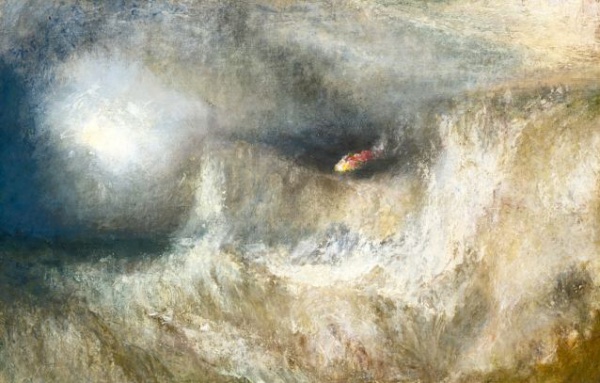Facts About The Beacon Light
"The Beacon Light" by J. M. W. Turner is a captivating painting that was generously donated to the National Museum of Wales by the Davies sisters, Gwendoline and Margaret. However, its journey to recognition was fraught with controversy.
When the museum first acquired the painting, questions about its authenticity loomed large. It was rumored that Turner had gifted the painting to his mistress, Mrs. Booth, and that it was later sold at Christie's by her son, John Pound. In 1922, the Davies sisters acquired it for £2,625. After Gwendoline Davies passed away, "The Beacon Light" was one of seven Turner artworks she bequeathed to the museum.
Doubts persisted about the painting and two other Turner pieces donated by the sisters. Art experts Butlin and Joll examined it and dated it to around 1835-1840. They speculated that it might be a fragment of a larger canvas, altered by someone other than Turner. Initially, it was thought to depict the Needles on the Isle of Wight, leading to its temporary removal from display. However, it made a comeback in a 2007 exhibition and was permanently returned to display in September 2012.
The painting's authenticity was put to the test on the BBC TV show "Fake or Fortune?" where scientific analysis played a crucial role. The paint used matched Turner's known materials, and an X-ray revealed that a lighthouse at the summit of the bluff had been painted over. Art detectives Philip Mould and Bendor Grosvenor further discovered that the scene actually depicted a location near Margate, not the Isle of Wight as previously thought. This new evidence was compelling enough to convince Martin Butlin, co-author of the Turner catalogue raisonné, to recognize the painting as an authentic Turner.
"The Beacon Light" now stands proudly as a testament to Turner's genius and the Davies sisters' dedication to the arts, finally basking in the light of authenticity.

 Ireland
Ireland